Mr. Nguyen Van Nhuong at Hien Luong bridge - Photo: NGOC MAI
Journey into the "land of fire"
That is the memory of Mr. Nguyen Van Nhuong (born in 1950, old Canh Duong commune), a member of the special transport team, former Deputy Head of the National Assembly Delegation of Quang Binh province. The transport team was led by Mr. Dau Thanh Long as Team Leader; Mr. Nguyen Ngoc Lien as Company Political Commissar, Mr. Nhuong as Secretary of the Youth Union.
After a night of drifting, under the cover of a fishing boat, the group arrived at Vung Si, near Vinh Moc tunnel. They anchored the boat in a rock cavity and hid in the tunnel. That afternoon, enemy planes discovered them and dropped bombs, sinking two boats. The Party cell held an urgent meeting, assigning people to stay behind to salvage the boat, while the rest continued their journey.
With intelligence, courage and determination to support the Tri Thien battlefield, the group crossed Cua Tung and Ben Hai, entering the fierce battlefield. A few kilometers from Cua Viet port, enemy flares clearly illuminated each person on the boat in suffocating suspense. The boats carrying weapons were specially designed, with a “lu” hole in the cockpit to sink themselves when discovered by the enemy. Many times when facing dangerous situations, the captain ordered the “lu” to be withdrawn and the boat sunk. After escaping the enemy’s sight, they bailed out water, covered it up and continued their journey.
At dawn, Mr. Nhuong and some sailors went deep into the territory of Village 1, Trieu Van Commune (now Nam Cua Viet Commune). Sailors from other boats entered scatteredly from Village 1 to Village 9. They urgently handed over weapons to the army units in indescribable joy. The 22 sailors who went deep into the war zone were arranged to stay in the houses of people in Trieu Van Commune (old). "The days of being protected and sheltered by the people here have left deep memories in my heart," Mr. Nhuong recalled.
Canh Duong fishing village boat dock, the starting point of the VT5 transport campaign to supply weapons to the Tri - Thien battlefield in 1968 - Photo: THANH HAI
Unforgettable faces
Nearly 60 years have passed, there are things he can no longer remember clearly, but the memories of the heroic people of Trieu Van and their silent protection during the dangerous days, he will never forget.
During the time the convoy stopped at Trieu Van, the Tri Thien battlefield was extremely fierce. Enemy planes and warships operated day and night, continuously shelling villages. People were forced to leave their villages and live crowded on the coastal sandbar, under strict control. The My Thuy military port was always brightly lit, ambulances, patrol boats, aircraft carriers, and enemy helicopters were on standby offshore. In the air, reconnaissance planes and helicopters continuously dropped leaflets, pointed loudspeakers to broadcast propaganda, swept, and landed troops... making the situation always tense and dangerous.
In Village 1, Mr. Nhuong was assigned to live in the village captain's house. The family had a son named Hoa, about 9-10 years old, with dark skin, smart and very agile. Although he was still young, he was assigned the task of guiding and protecting him. During a raid, Hoa led him to a secret bunker, camouflaged with cogon grass and dry willow leaves. "Stay there, I'll come back if anything happens," he told them clearly and then turned away. More than once, that boy saved him and many cadres from dangerous raids.
Nearby is Tinh’s mother’s house. She was assigned to take care of a wounded soldier who had suffered severe phosphorous burns, his whole body was festering and smelling. She and her son took care of him without a single complaint. Whenever there was a raid, the villagers together moved him to another place to keep him safe. “That loving image has followed me all my life!”, Mr. Nhuong emotionally recounted.
After staying in Village 1 for a while, because the situation was too dangerous near the My Thuy military port, the group leader moved the group deeper into Village 4. Mr. Nhuong and a sailor were arranged to stay in a civilian's house, taking refuge in a secret bunker when there was a sweep. They were instructed to dress like civilians to avoid being discovered if they could not escape in time. Here, he was lucky to meet a heroic mother, Trieu Van, with two children, Ms. Xuyen and Mr. Luyen, who had repeatedly protected them and helped them escape death.
After many intense sweeps, the Front had planned to take the delegation from Trieu Lang back to the North by land through Cua Viet and Cua Tung, but both failed due to strict enemy control. Finally, the leaders decided to move the delegation to the Western Quang Tri war zone and from there to the North. Knowing that the delegation was about to leave, the people secretly gave gifts, but the delegation was ordered absolutely not to bring or accept anything, except a few small items as souvenirs.
Meet the benefactor
After the country was reunified, some sailors from the past returned to visit Trieu Van commune. The locals thought they had died, so the reunion was extremely emotional. They met the liberation soldier who was on duty as a telegraph operator who had received the news that the group was delivering goods that year. Mr. Nhuong met Mr. Luyen, and together they reminisced in the secret bunker of the past. Ms. Xuyen had died, and Mr. Luyen's mother was now blind in both eyes. Mr. Luyen and his wife had also visited Mr. Nhuong's family in Quang Binh, and they kept their deep affection.
Now, when Quang Binh and the old Quang Tri are under one roof, the sailors of the special transport fleet of the past, some still alive, some deceased, some seriously ill, still deeply remember the time they lived among the flesh and blood of the people. In their memories, those were unforgettable days. They are deeply grateful to the people here, not only for being sheltered and protected, but also because this land has become their homeland, first the homeland of kindness in the midst of fierce war, now the true homeland after the two provinces were unified, the homeland of simple but great people, always generous in protecting and connecting.
Ngoc Mai
Source: https://baoquangtri.vn/noi-cho-che-nay-thanh-que-huong-195543.htm



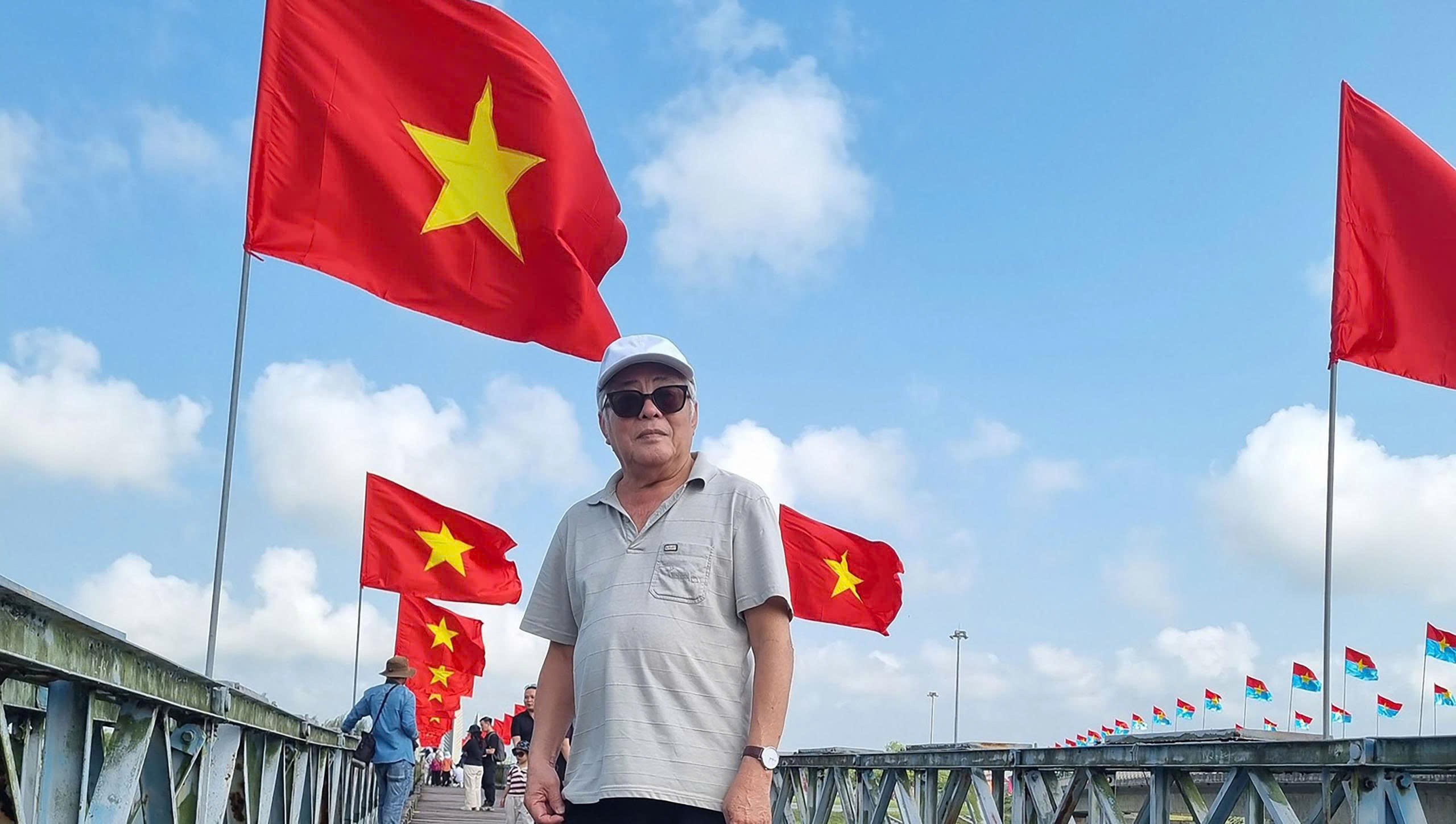
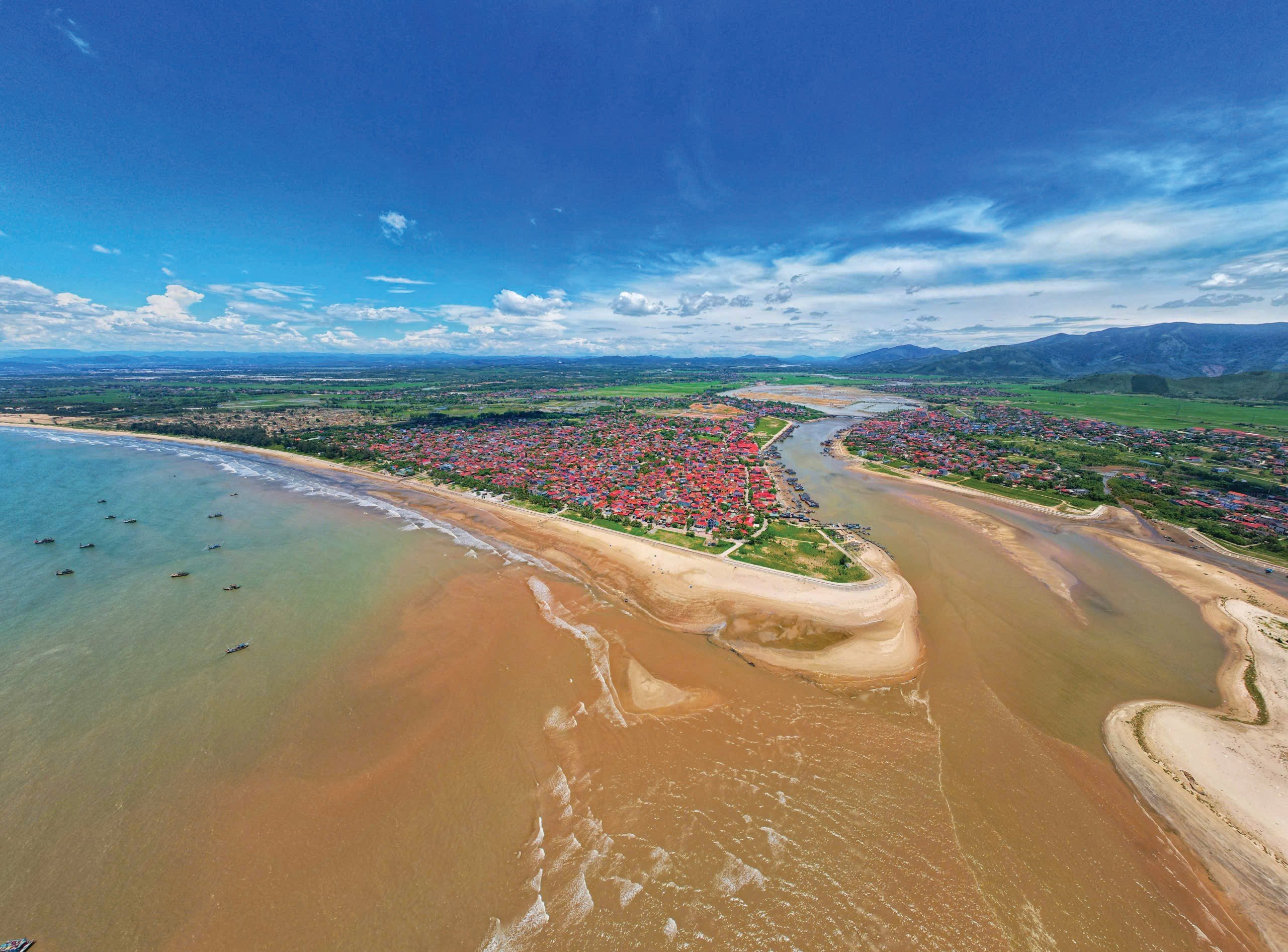
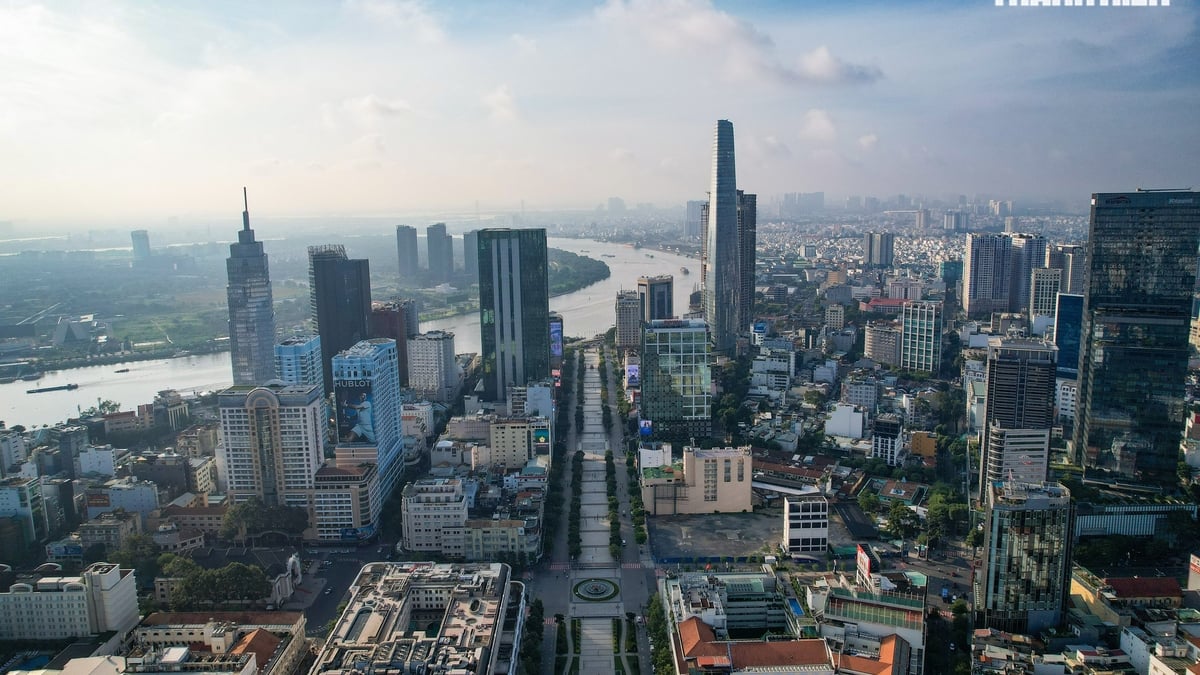
![[Photo] General Secretary To Lam attends the 80th anniversary of Vietnam's diplomacy](https://vphoto.vietnam.vn/thumb/1200x675/vietnam/resource/IMAGE/2025/8/25/3dc715efdbf74937b6fe8072bac5cb30)
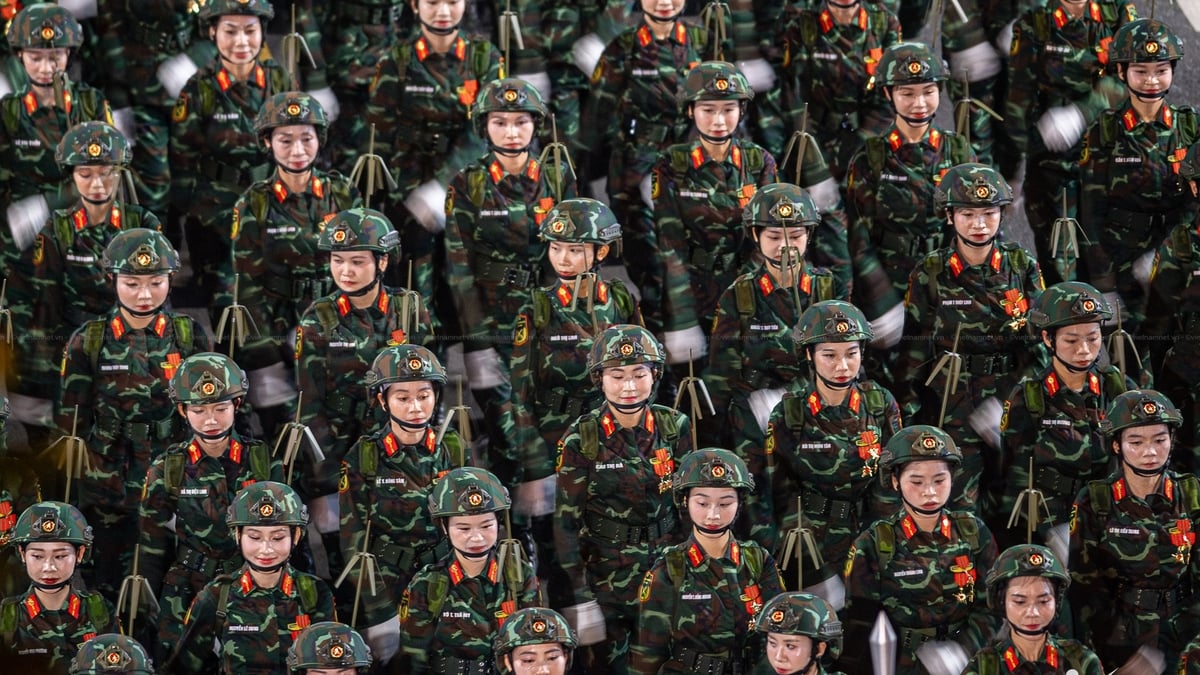
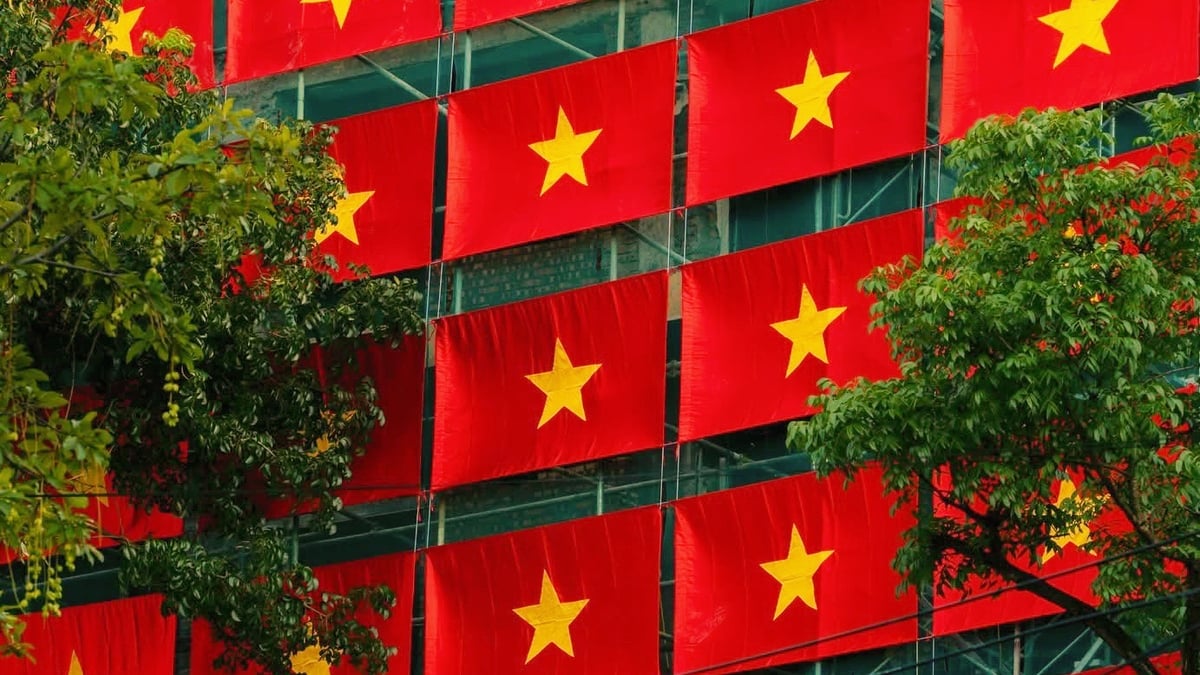
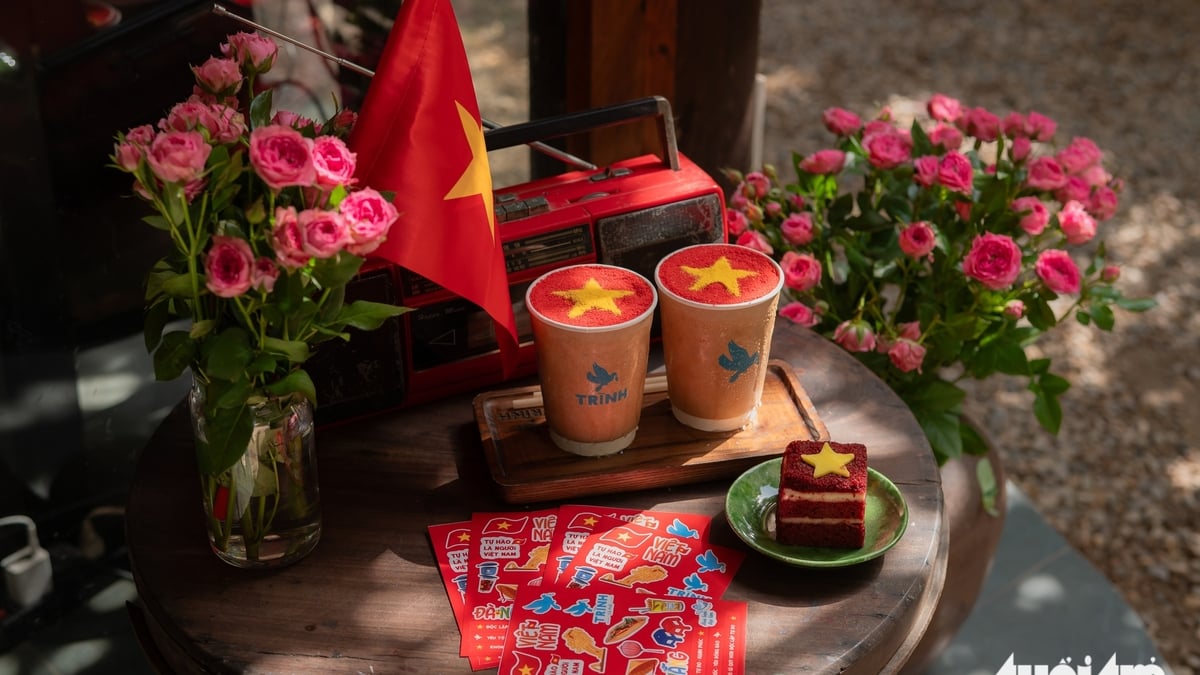
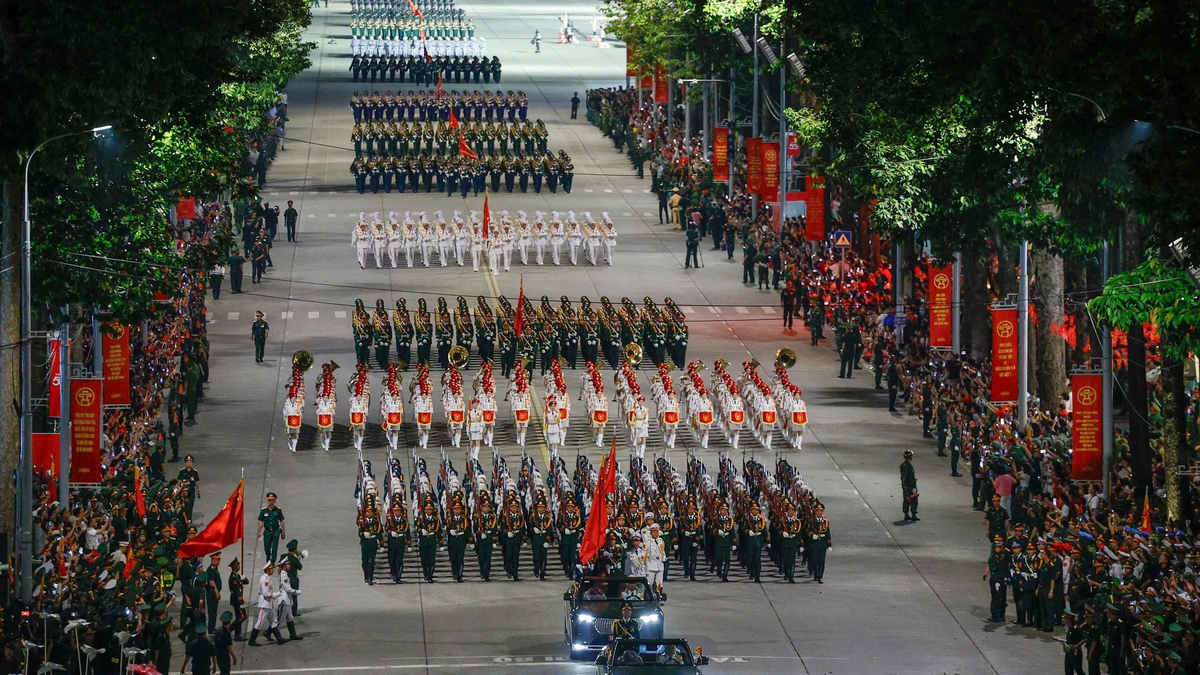
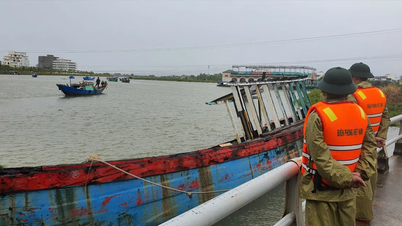

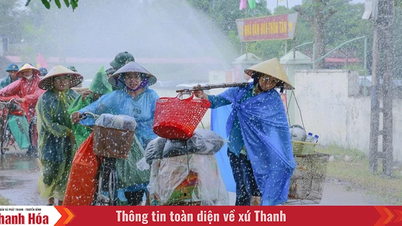

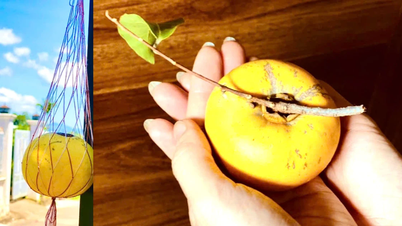

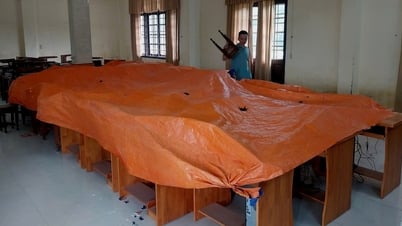

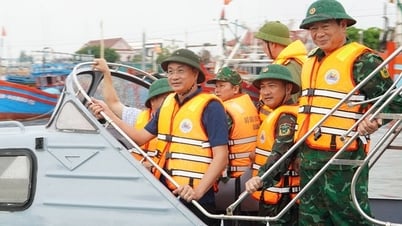

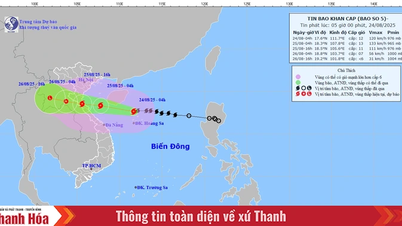
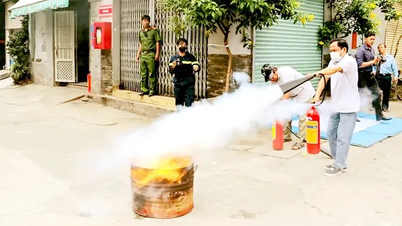
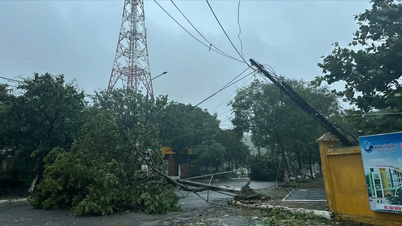
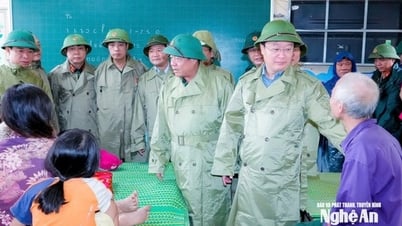

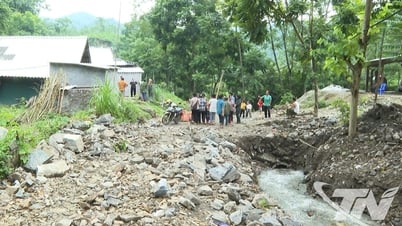

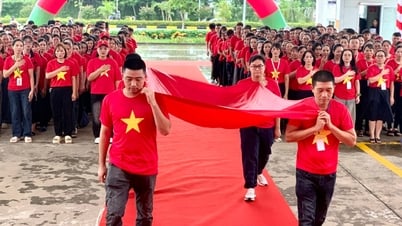

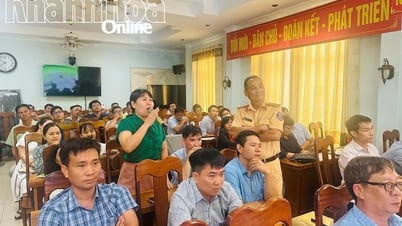



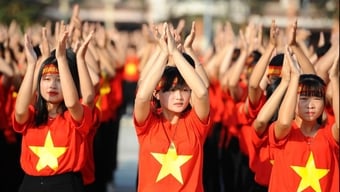
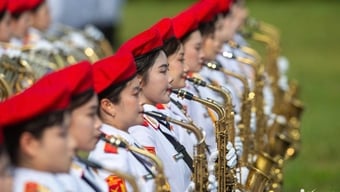
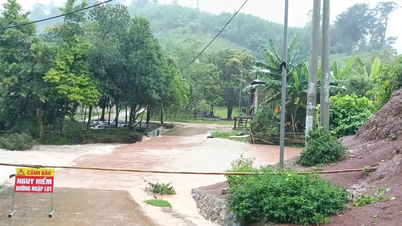

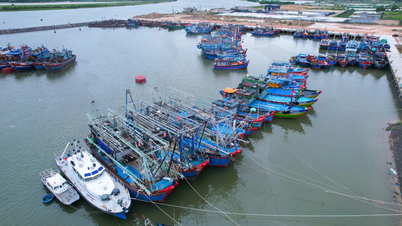
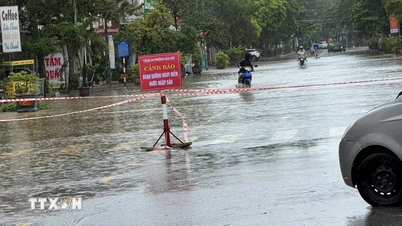

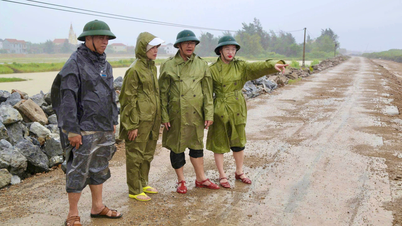
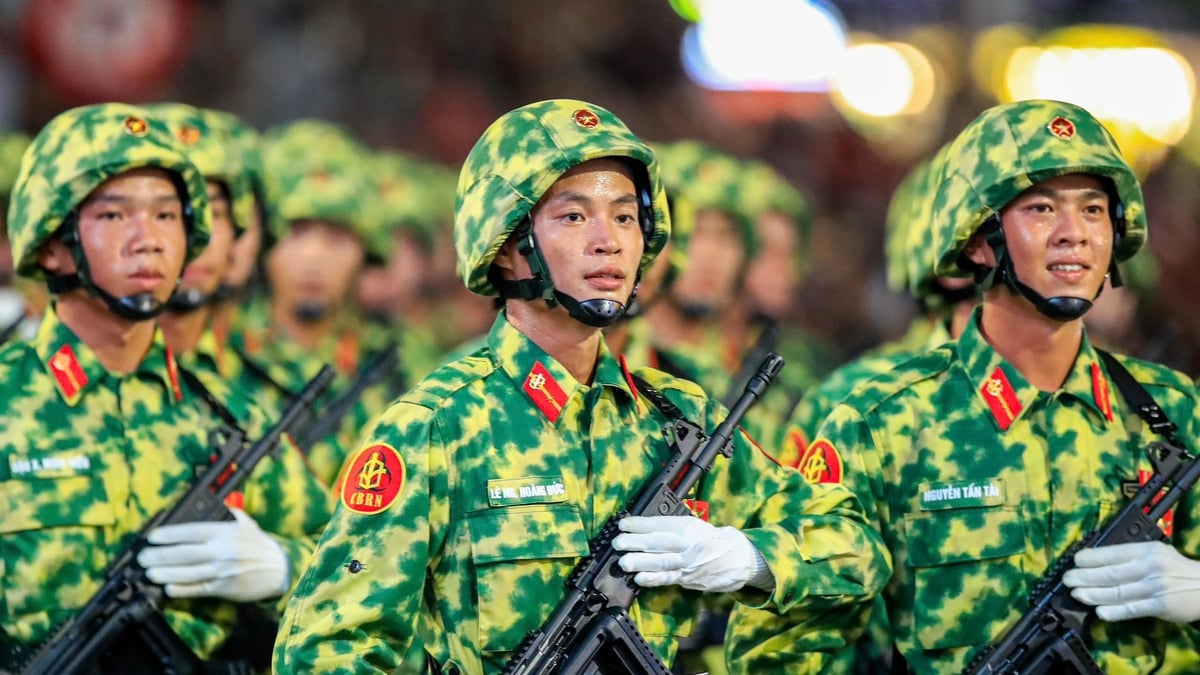

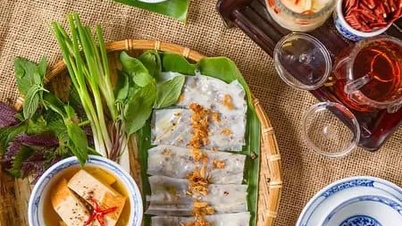

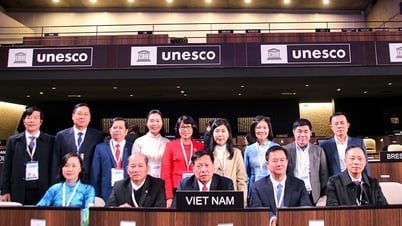

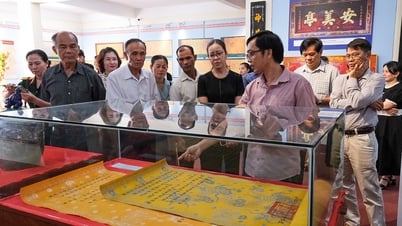
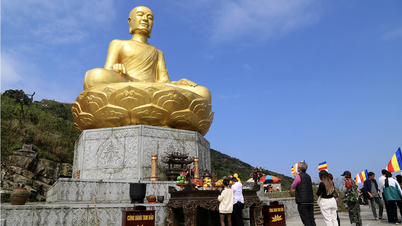

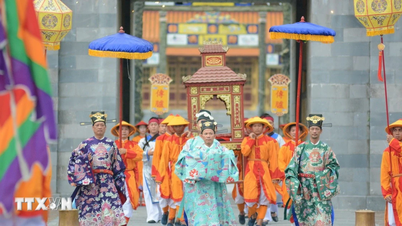

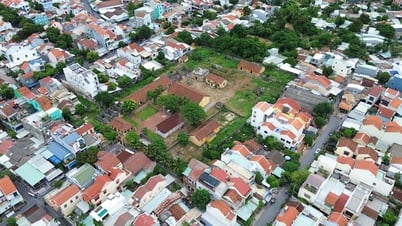



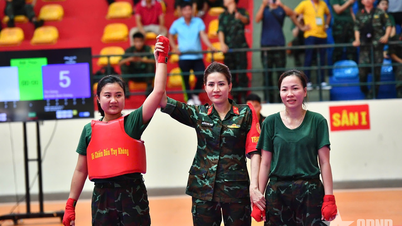

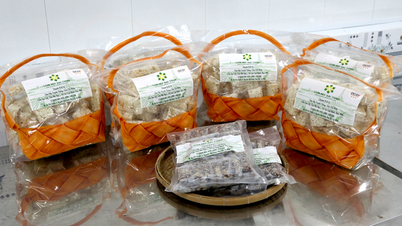

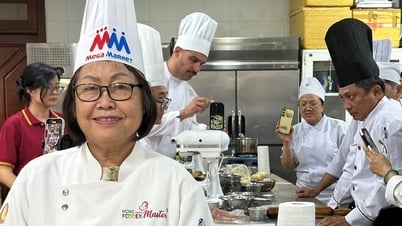
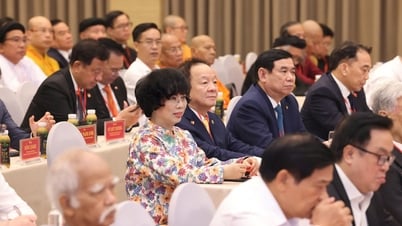



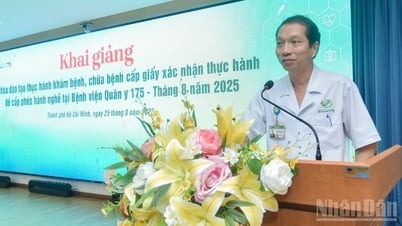



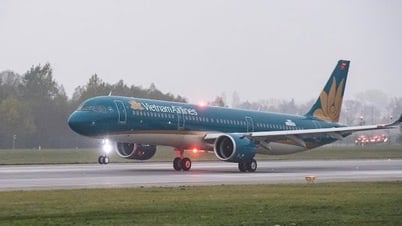

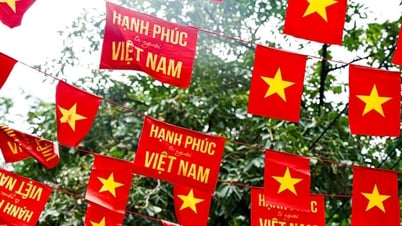

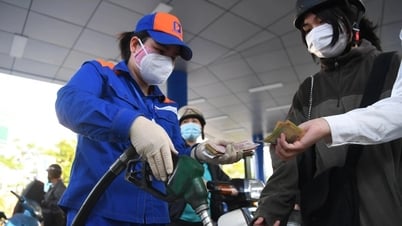
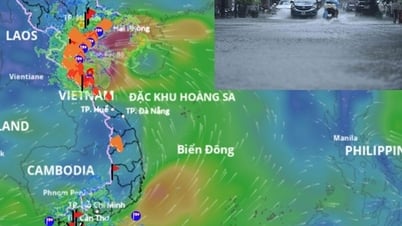

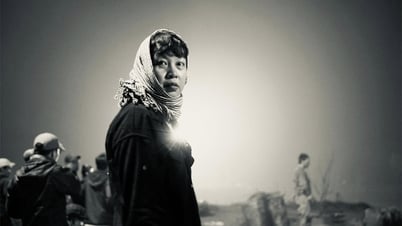
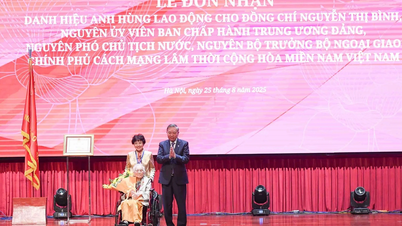
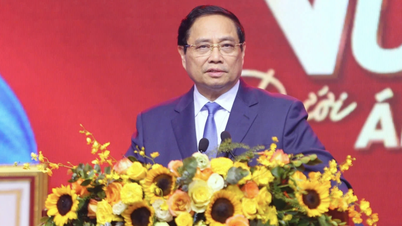
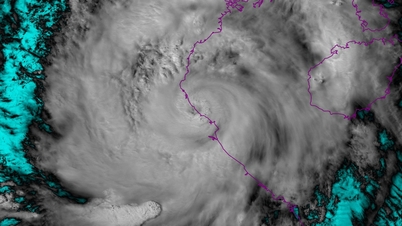


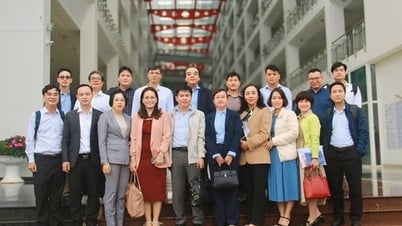



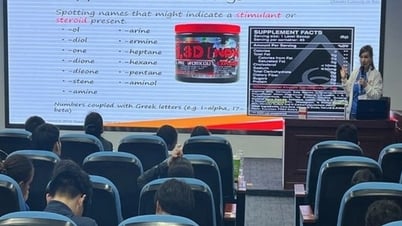
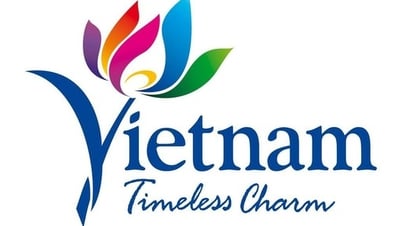
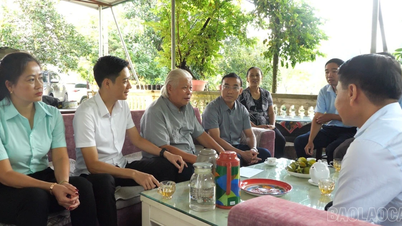

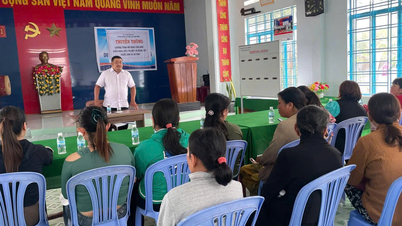
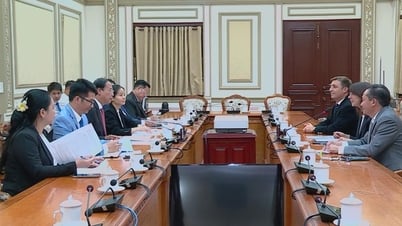
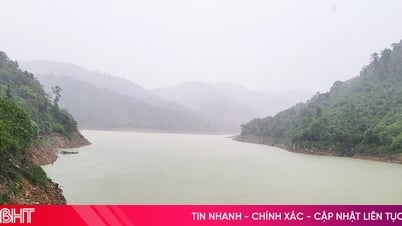

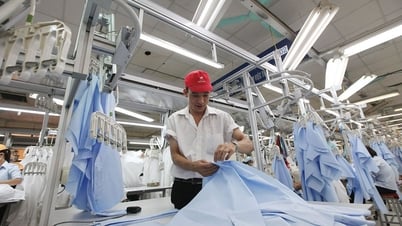



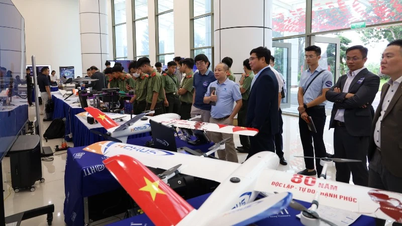
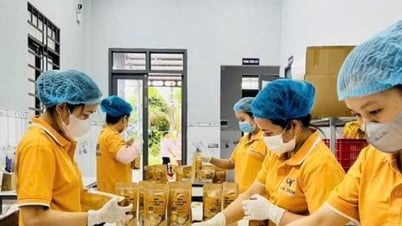
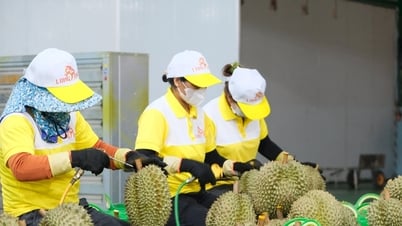


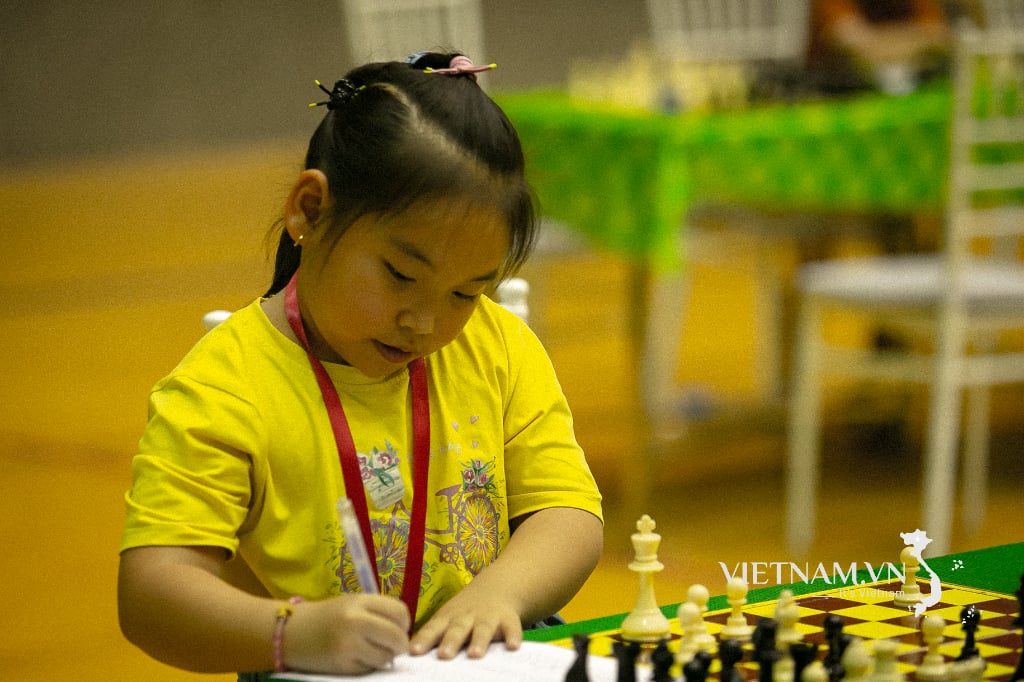
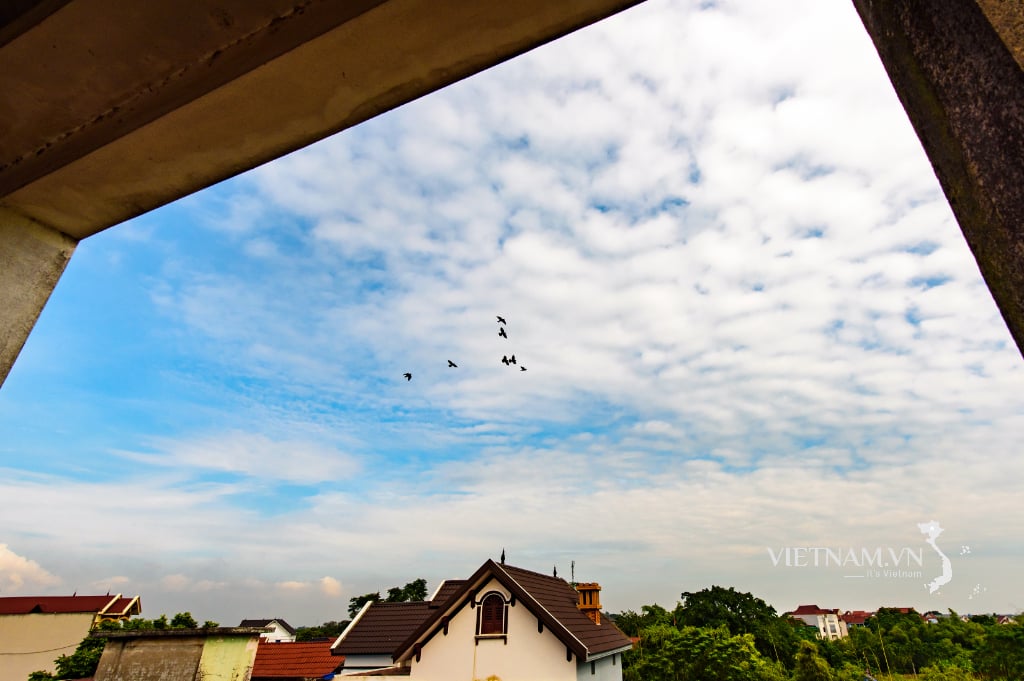

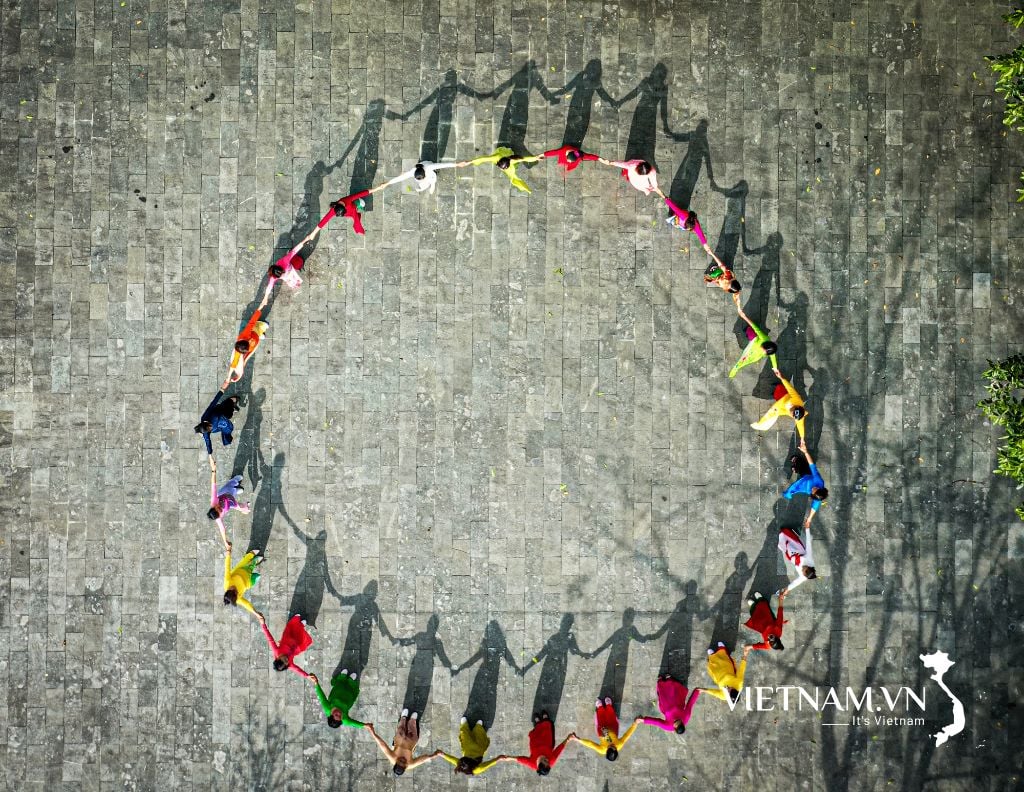
Comment (0)